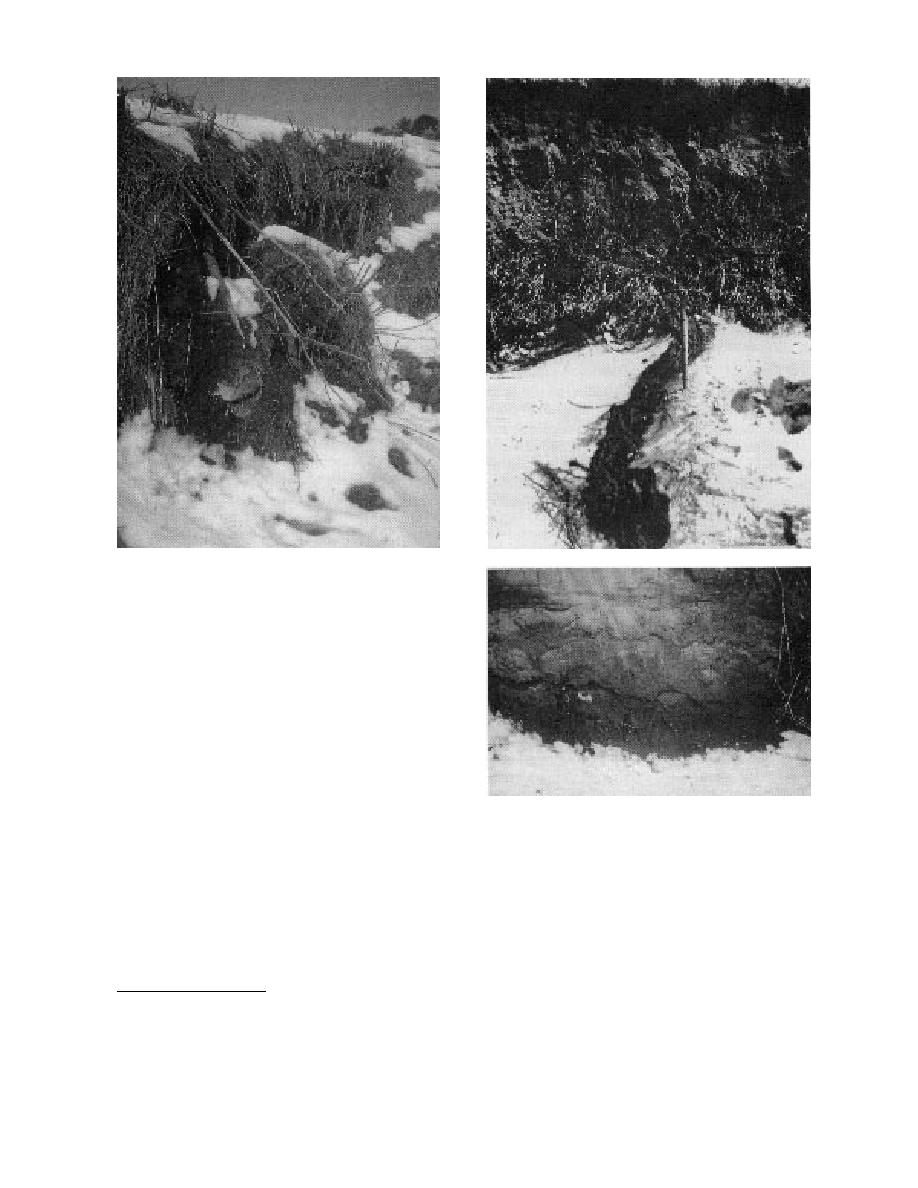
Figure 11. Soil blocks failed during spring thaw, Wilder
Lake, Connecticut River, Vermont.
failures are two of the main processes of bluff
erosion, causing an average soil loss of 2 ft/yr
along some bluff faces along Lake Michigan
(Vallejo 1977, 1990). Freezethaw and frostthaw
processes are important causes of the long-term
bank erosion along Lake Winnibigoshish and Big
Sandy Lake in northern Minnesota.* I conclude
that maximum soil erodibility and instability usu-
ally recurs in the spring in regions with soil frost
(Table 2).
Figure 12. Spring sediment flows onto snow at the
bank toe; top) Orwell Reservoir, Minnesota (Reid 1985),
DOCUMENTING THE EFFECTS
bottom) Wilder Lake, Connecticut River, Vermont.
OF SOIL FREEZETHAW
All soils can freeze if they lose sufficient heat to
(1962) reported that silty soils are more suscep-
the atmosphere and can be weakened during the
tible to ground ice formation than coarser-grained
process as previously discussed. However, most
soils, and that frost penetrates deeper in granular
disruption of soil structure occurs when ground
than in fine-grained soils. Alestalo and Haikio
ice forms within frost susceptible soils. Jumikis
(1979) generalize that frost depth is usually shal-
low in steep sand banks (dry ground), in peat
banks and under deep snow, but is often deep in
* Personal communication with Gregg Struss, Resource
gently sloping silt or till banks saturated with
Manager, Gull Lake Dam, U.S. Army Corps of Engi-
water and in banks with little or no snow cover.
neers, 1992.
12





 Previous Page
Previous Page
